Search

News & Events
Self-efficacy groups 2020Perth Children’s Hospital’s Diabetes Service has released the dates for its self-efficacy groups for 2020.
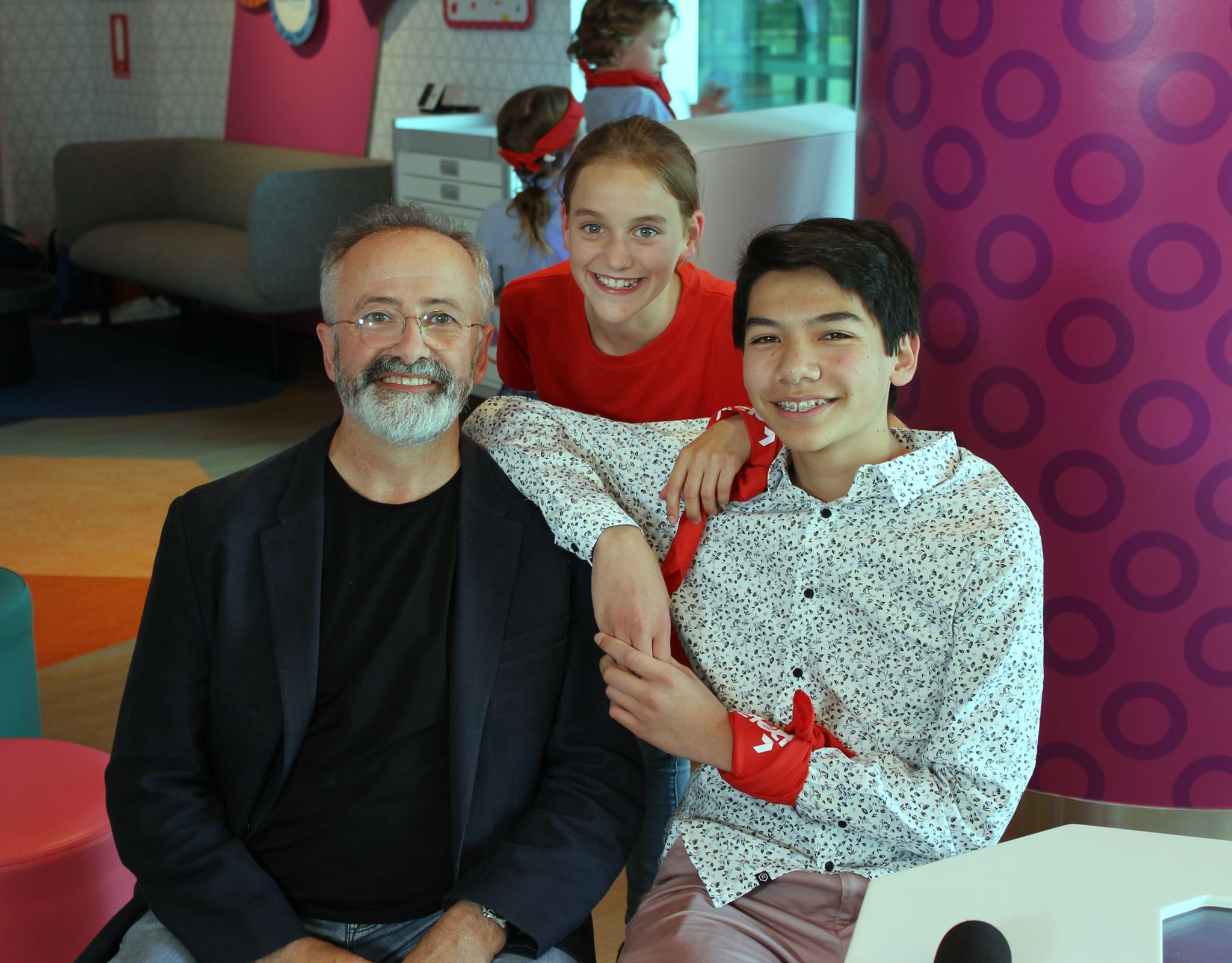
News & Events
James' brush with fameDid you catch the kids’ takeover Telethon segment on the weekend? If so, you may have spied James Fernihough hanging out with Ch 7 television personality Andrew Denton in the The Kids Discovery Centre.
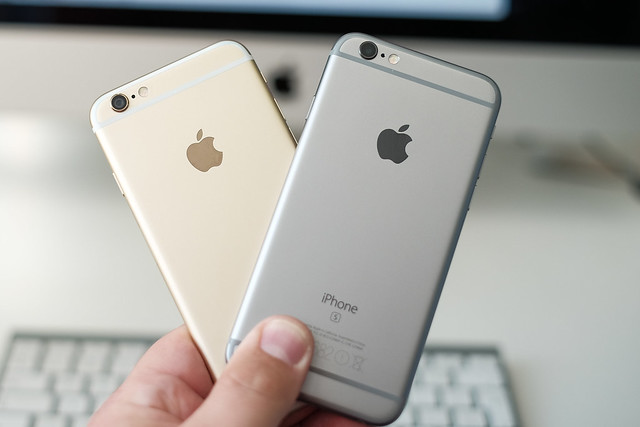
News & Events
Seeking old iPhone donationsPerth Children’s Hospital’s Endocrinology and Diabetes Department is seeking donations of old Apple iPhones — no older than model 6 — to pass on to families starting on continuous glucose monitoring.

News & Events
Adolescent Transition Information EveningPerth Children’s Hospital’s Diabetes Clinic is holding an Adult Transition Information Evening for young people with type 1 diabetes on Wednesday June 19.

News & Events
Mum wears pump to support daughter's diabetes journey“I sometimes wish I wasn’t the only one in my family with type 1.” It was this simple statement that prompted mum Candice to walk in her six-year-old daughter Mia’s shoes to attempt to discover what life is like living with type 1 diabetes.

News & Events
Turners turn out for ENDIA StudyAustralia’s largest study into the causes of type 1 diabetes reached a significant milestone when it recruited its first family in Perth with three children recently.
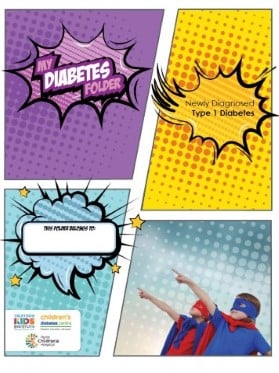
News & Events
Have you got a copy of the new patient folder?We recently launched our new and improved Children’s Diabetes Centre patient folder so don’t forget to ask for your own hard copy next time you visit the diabetes clinic at Perth Children’s Hospital.
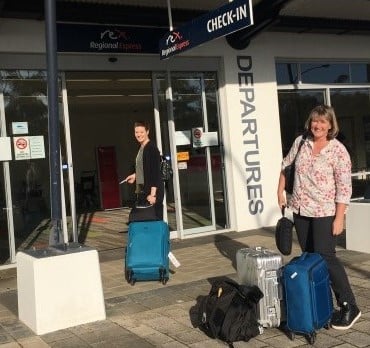
News & Events
To the moon and backNearly six return trips to the moon — 4,612,800km — that’s the incredible distance Telethon Kid Institute’s Children’s Diabetes Centre (CDC) staff have collectively travelled to deliver specialist care to kids living with diabetes in regional Western Australia over the past 28 years.
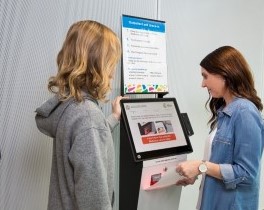
News & Events
Outpatient check-in checklistThe outpatient check-in process at Perth Children’s Hospital (PCH) differs to the way things were done at Princess Margaret Hospital.
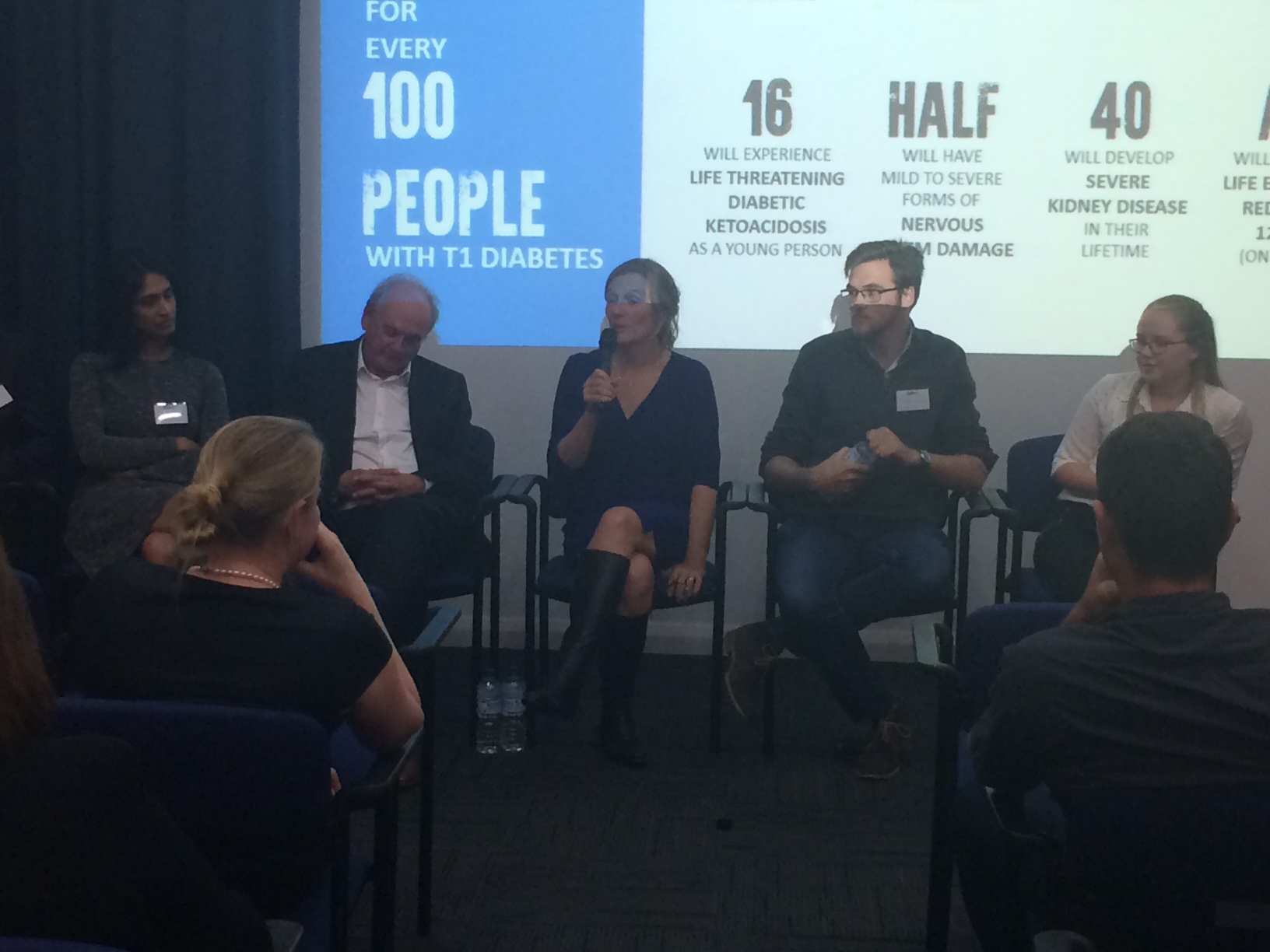
News & Events
Centre's research in the spotlightThe Children’s Diabetes Centre showcased its progress in paediatric Type 1 Diabetes research at a JDRF Australia event held at The Kids Research Institute Australia recently.
